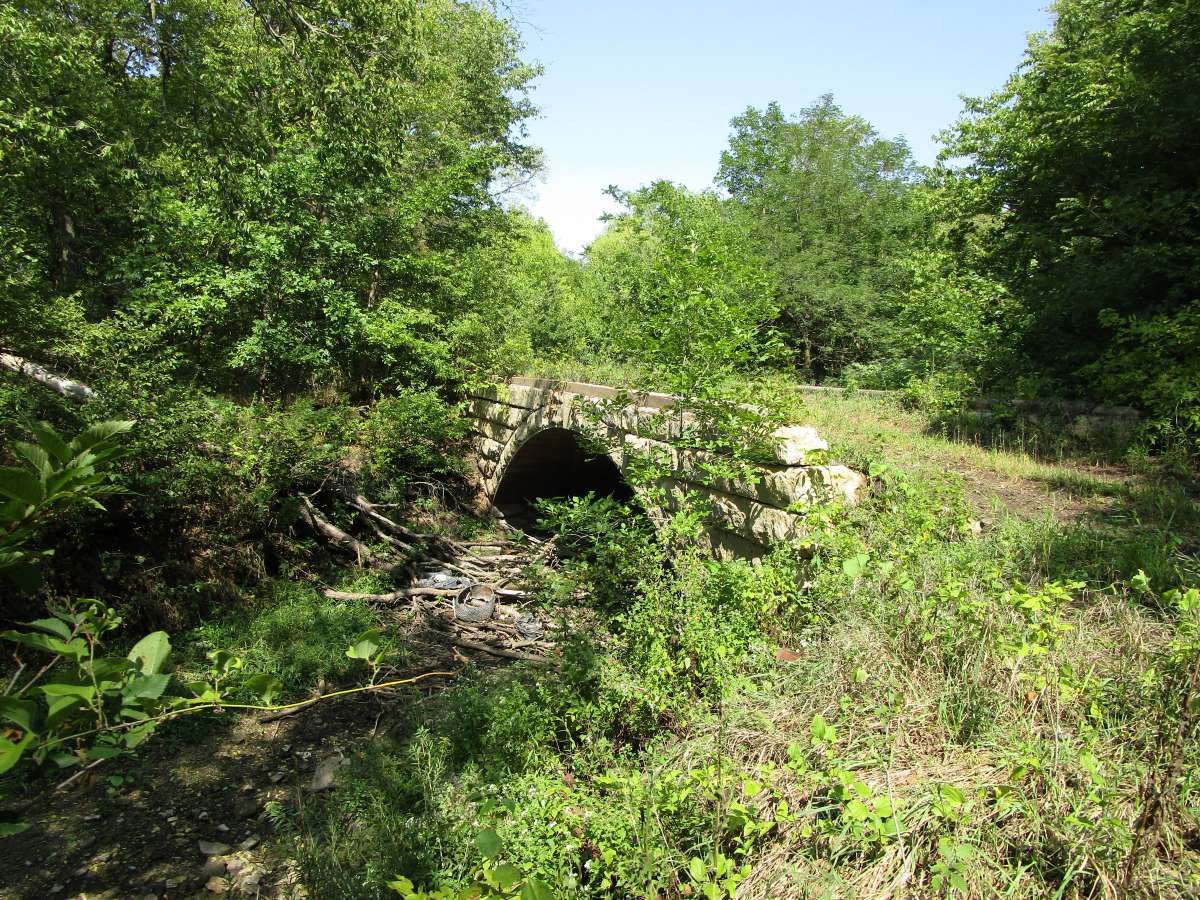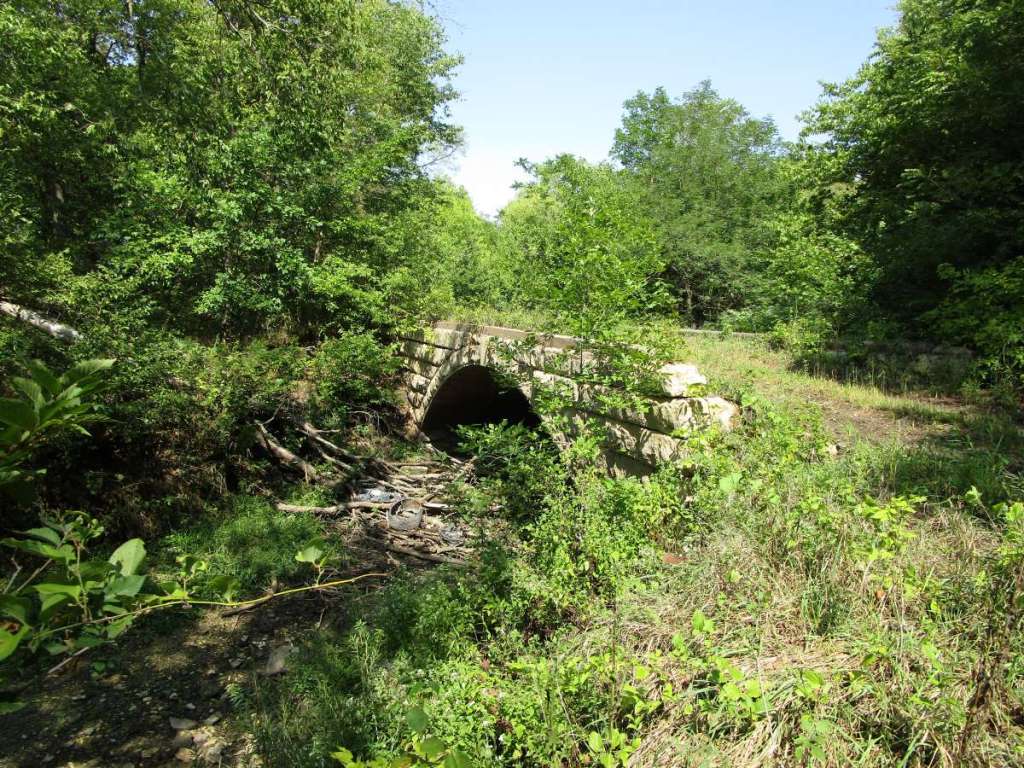The Flint Hills of Kansas is a renowned area of rolling grassy prairies, one of the few such areas left in the world. The heart of this region (and, arguably, the primary reason why the Flint Hills prairie has not succumbed to the plow) is the rocky, flinty hills for which the region is named. These hills are composed of massive limestone outcrops interspersed with the obligatory flint. It is no surprise that when this Kansas region was being settled, stone bridges eventually became a part of the landscape, almost as natural as the eternal hills from which the stone itself was quarried.
The Rise and Fall of Wood
When the Flint Hills region was being settled, bridges were initially built of wood. These wood bridges were useful at first, but tended to float away in the freshets and flash floods so common in the hilly landscape. Those that did not succumb to floods quickly rotted out, leading to any number of newspaper articles reporting on strange accidents involving people and animals falling through bridges. Obviously, something better was needed than these cheap, ramshackle wooden bridges that floated away when most needed and decayed rapidly. Of course, treating the wood would have helped (and many people of the day indulged in speculation as to why the wood never was treated in some fashion) but the fact remained: Wood was not very suited for the average Flint Hills stream.
The Era of the Steel Bridge
The steel bridge quickly made its appearance in the Flint Hills. There could be no doubt but that steel was far more durable than wood. Furthermore, the abutments could be made of local stone founded solidly on the rocky beds found under most of the Flint Hills’ streams. However, dissatisfaction quickly reigned with these “modern” structures. The steel bridges rusted and ideally should have been painted (a repair item townships and counties turned a blind eye towards) but even worse were the bridge decks. The decks were made of wood. Thus, though steel bridges tended to stay in place better than wooden ones, people still could fall through the floor if it wasn’t maintained. Nor were steel bridges impervious to floods. If water once reached the deck of the bridge, there was a very good chance that the bridge would be demolished in some fashion before the flood was out.
Steel bridges also wore out with age, and, when the rattling joints once gave way, a catastrophic collapse was an imminent hazard. With an expected life span of up to 40 years, and with the many deck replacements required during this relatively short life span, it was obvious that the steel bridge could become quite an expensive item to maintain.
But the worst trouble with the steel bridge was the monopolistic practices of the companies selling them. Each county became the “territory” of a certain bridge company that would rather consistently become the low bidder every time a bridge was to be built. The other bidders, it was said, would receive a rake-off out of the profits. The profits were high, because the markup on these structures was also quite high. After all, wasn’t the steel bridge the only reasonable kind of bridge the Flint Hills counties could build? Thus these steel bridge companies, which were invariably headquartered somewhere far from the Flint Hills, made hay.
The Cry for Stone
Kansas newspapers began to advocate the use of stone. Their arguments were many, and convincing. Stone was abundantly available throughout the region, and could be readily obtained. Local people who knew how to work stone could be hired; thus a new bridge would support the local economy, whereas with a steel bridge the money to pay for it left the county and usually the state. The stone bridges would last for ages, and had no decks to wear out. These massive structures could withstand the fiercest floods if well built. And, as the aesthetically minded pointed out, a stone bridge would be a beautiful addition to the landscape, something the community could get together and build, and something to be proud of ever afterwards. Thus, stone bridges began to find their way into the Flint Hills landscape.

